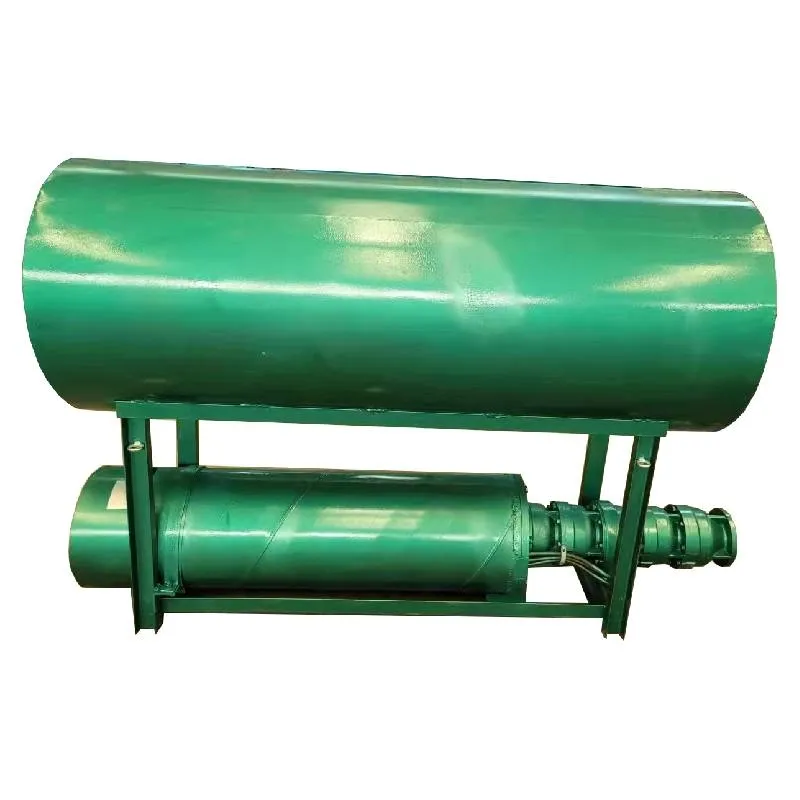Aug . 14, 2024 06:42 Back to list
Exploring the Efficiency and Applications of Submersible Condensate Pumps in Modern Systems
Understanding Submersible Condensate Pumps Functionality and Applications
Submersible condensate pumps are essential devices widely used in various industries, particularly in HVAC (heating, ventilation, and air conditioning), plumbing, and wastewater management. Their primary function is to remove condensate water—water formed when vapor cools and turns into liquid—effectively preventing water accumulation that can lead to mechanical failures or hazardous conditions.
Functionality of Submersible Condensate Pumps
The operational principle of submersible condensate pumps is relatively straightforward. These pumps are designed to be submerged in the water they are pumping. By doing so, they can efficiently transport condensate away from its source, such as a cooling system or air conditioning unit, to a designated drainage area. The pump operates using an electric motor sealed within a watertight casing, which prevents damage from the fluid.
Typically, submersible condensate pumps feature a float switch mechanism. This automatic feature enables the pump to turn on whenever the water level rises to a certain point and to turn off when the level drops to a safe lower level. This automation enhances convenience by allowing for unattended operation, providing constant monitoring and removal of condensate from the system without manual intervention.
Key Features and Benefits
Submersible condensate pumps come with several key features that enhance their efficiency and adaptability for various applications. These include
1. Durability Often made from corrosion-resistant materials like stainless steel, submersible pumps are designed to withstand the harsh conditions present in wastewater and condensate management, thus ensuring a longer lifespan.
submersible condensate pump

3. Space-Saving Design Being submersible, these pumps do not require additional installation space above ground, making them ideal for areas with limited accessibility.
4. Versatility Submersible condensate pumps can be used in various settings, from residential properties to industrial applications. Whether managing the condensate from an air conditioning unit in a home or handling large volumes of wastewater in a commercial facility, these pumps are adaptable.
5. Low Maintenance Due to their design and materials used, submersible pumps require less maintenance compared to other types of pumps, which often translates to lower operational costs over time.
Applications
The applications of submersible condensate pumps are extensive. In residential settings, they are commonly employed alongside HVAC systems to manage condensate from air conditioning units, thus preventing overflow that could damage property. In commercial buildings, these pumps play a crucial role in removing water from various sources, including boilers, dehumidifiers, and refrigeration systems.
In industrial contexts, submersible pumps are vital in eliminating collected water from production processes or maintaining clean water levels in sump pits. They are also used extensively in the oil and gas industry to manage produced water associated with drilling operations.
Conclusion
In conclusion, submersible condensate pumps are vital tools in fluid management across a variety of sectors. Their efficient design, automatic operation, and versatile applications make them indispensable in ensuring the proper removal of condensate and preventing potential water-related issues. As industries continue to seek efficient and effective solutions for fluid management, the role of submersible condensate pumps is only expected to grow, continually adapting to meet the evolving demands of modern applications.
-
Submersible Water Pump: The Efficient 'Power Pioneer' of the Underwater World
NewsJul.01,2025
-
Submersible Pond Pump: The Hidden Guardian of Water Landscape Ecology
NewsJul.01,2025
-
Stainless Well Pump: A Reliable and Durable Pumping Main Force
NewsJul.01,2025
-
Stainless Steel Submersible Pump: An Efficient and Versatile Tool for Underwater Operations
NewsJul.01,2025
-
Deep Well Submersible Pump: An Efficient 'Sucker' of Groundwater Sources
NewsJul.01,2025
-
Deep Water Well Pump: An Efficient 'Sucker' of Groundwater Sources
NewsJul.01,2025
-
 Submersible Water Pump: The Efficient 'Power Pioneer' of the Underwater WorldIn the field of hydraulic equipment, the Submersible Water Pump has become the core equipment for underwater operations and water resource transportation due to its unique design and excellent performance.Detail
Submersible Water Pump: The Efficient 'Power Pioneer' of the Underwater WorldIn the field of hydraulic equipment, the Submersible Water Pump has become the core equipment for underwater operations and water resource transportation due to its unique design and excellent performance.Detail -
 Submersible Pond Pump: The Hidden Guardian of Water Landscape EcologyIn courtyard landscapes, ecological ponds, and even small-scale water conservancy projects, there is a silent yet indispensable equipment - the Submersible Pond Pump.Detail
Submersible Pond Pump: The Hidden Guardian of Water Landscape EcologyIn courtyard landscapes, ecological ponds, and even small-scale water conservancy projects, there is a silent yet indispensable equipment - the Submersible Pond Pump.Detail -
 Stainless Well Pump: A Reliable and Durable Pumping Main ForceIn the field of water resource transportation, Stainless Well Pump has become the core equipment for various pumping scenarios with its excellent performance and reliable quality.Detail
Stainless Well Pump: A Reliable and Durable Pumping Main ForceIn the field of water resource transportation, Stainless Well Pump has become the core equipment for various pumping scenarios with its excellent performance and reliable quality.Detail
